

Vulnerable
Special Programmes for the Vulnerable and Excluded
The capacity of the District Assembly to reach the poor and the vulnerable has been greatly enhanced since the coming into effect of the District Assembly Common Fund (DACF). Efforts have mostly been geared towards providing the necessary social and economic infrastructure to raise the living standards of the people.
To create a better impact, the District may now have to look not only at infrastructure provision but also to draw programmes for the imparting of skills, the generation of income, the improvement of the nutritional status of children and the creation of awareness on family planning, child care and gender equity.
This imbalance is gradually being corrected by NGOs and Donor interventions such as the CBRDP, World Vision, PPAG, etc. The Dangme West District has been implementing various interventions to enhance the livelihoods of the vulnerable and the excluded in the localities.
Some of the interventions made between 1997 - 2001, include formation of disabled association under the UNDP/ GOG Poverty Reduction Programme which involved the construction of centers for the disabled association in the district at Agomeda, Kordiabe and Doryumu, Skills training on income generating activities, etc.
Legal Literacy Programmes on Women Empowerment issues, drama, radio programmes and training of women on their rights and responsibilities, e.g. (Radio programme on Child maintenance, Interstate Succession Law, Marriage and Divorce and the Wills Act).
To create a better impact, the District may now have to allocate more funds to address programmes that will lead to the imparting of skills, the generation of income, the improvement of the nutritional status of children and the creation of awareness on family planning. The Department of Social Welfare also needs to be resourced to support various projects/ programmes in alleviating the plight of the vulnerable and excluded.
The Position of Women
Women constitute 51.8% (2000) of the district population and comprise only about 39% of the economically active population. In the district where a sex ratio of 93 (i.e. 93 male to 100 female), and a high dependency ratio of 102.3, a larger proportion of females head households exists due to migration of the male counterpart, child neglect etc. Most of the women however have no regular source of remittance.
The domestic roles of women include taking care of children. By this it is meant that the women are therefore often saddled with the responsibility of providing food, clothes and in some cases the payment of school and hospital fees. The low income earned by these women, therefore, is inadequate to meet the needs of their households, hence their disadvantaged positions economically.
Furthermore, the rising cost of child maintenance, increasing rate of divorce, pre-marital child bearing and increasing un-partnered adolescent fertility all combined to put increasing burdens on women. Other social problems faced by women who have some relationships with poverty include the traditional social systems, fertility, conflicts, and gender equity in personal and social relationships.
Also in traditional legal systems, the perceptions of female roles combine to ensure that allocation of resources favor male authority and interest still exists. Some negative traditional practices, restrictions on pregnant and lactating mothers as well as serving the best and largest parts of the meal to the male members of the household, all conspire in no small measure towards worsening the lot and the general poverty - stricken position of most women in the district.
Women in the district generally have lower access to land. When land allocations are made to women, they are normally given smaller acreages no matter their individual capabilities. On the irrigation projects in the district, plots are normally allocated to households usually in favor of males. As mentioned earlier, a study of the enrollment figures for schools in the district shows that more boys than girls get enrolled in school and as they progress up the educational ladder more of the girls drop out of school. This has serious implications for the girl-child.
Children in Difficulties
The worst forms of child labour such as child trafficking for fishing, prostitution; household services etc are predominant in most communities. Studies have shown that communities along the coast are very much involved in these activities. The vulnerability and poverty of women in the district, affect children and in most cases children are in the vicious cycle of poverty whereby they have to labour for the upkeep of the family.
They are engaged in hazardous activities like sand wininng, stone cracking, mining of oyster shells, charcoal production and picking of snails. There is absence of juvenile courts, child panels or probation homes and institutions to manage juvenile delinquency. As a result, children caught in the net of the law are left to go free and become hardened criminals.
The female adolescent also resort to immoral acts which lead to high rates of teenage pregnancy and school drop outs. The situation is even worst in the case of Orphaned Children who are faced with physical, emotional and verbal abuse. The District Assembly in collaboration with Department of Social Welfare and other NGOs are working hard to turn around these unfortunate developments.
Persons with Disability
The District Assembly is collaborating with sector departments and NGOs to address the concerns of the disabled. These include disbursement of 5% common fund for the provision of wheel chairs, free eye care, training and income generating activities, etc. However, more would still have to be done especially in the design of infrastructural facilities to address the concerns of persons with disability.
Other challenges in the district have to do with victims of abuse and child neglect which the district office of Commission on Human Rights and Administrative Justice (CHRAJ) and Department of Social Welfare, Ministry of Women and Children Affairs have been doing well in the past years to address these issues, although a lot would still have to be done.
Summary of Special Programme for the Vulnerable and Excluded
In sum, the District Assembly in collaboration with Departments/ Agencies, NGOs and other Development partners has been putting a lot of effort to address the concerns of the vulnerable and excluded. However, more funding would have to be channeled into the establishment of juvenile rehabilitation centres, skills upgrading institutions, and increasing access to credit facilities to alleviate the plights of the vulnerable and excluded.
Date Created : 11/24/2017 4:18:44 AM




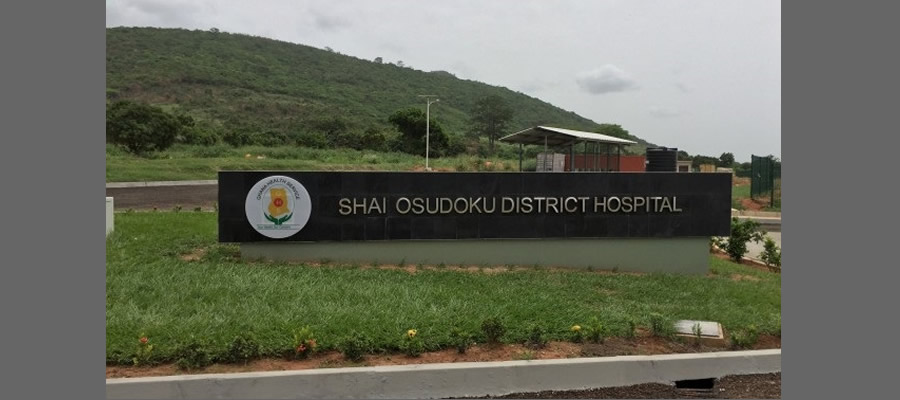
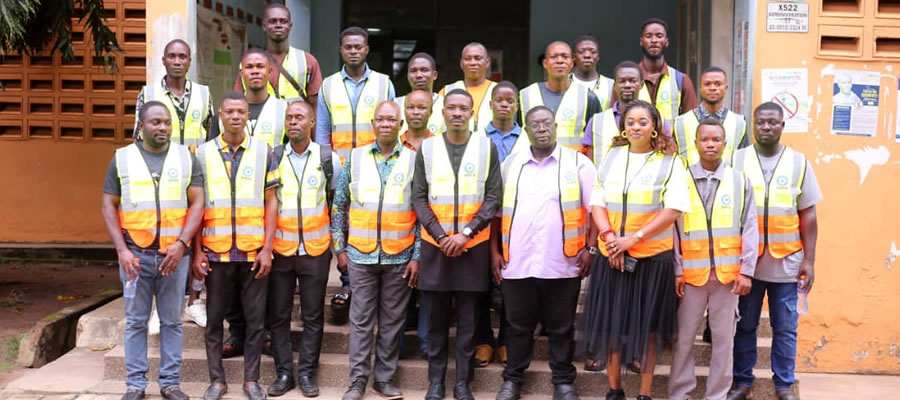
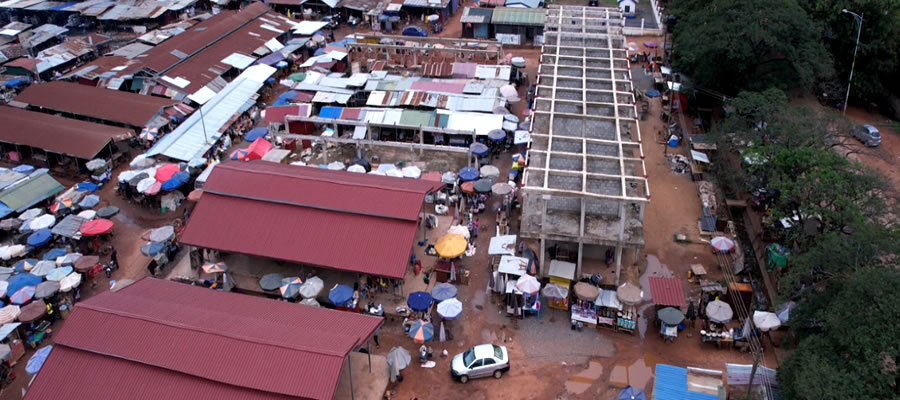
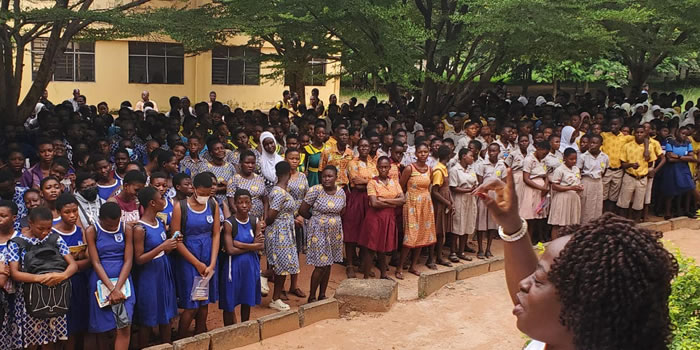
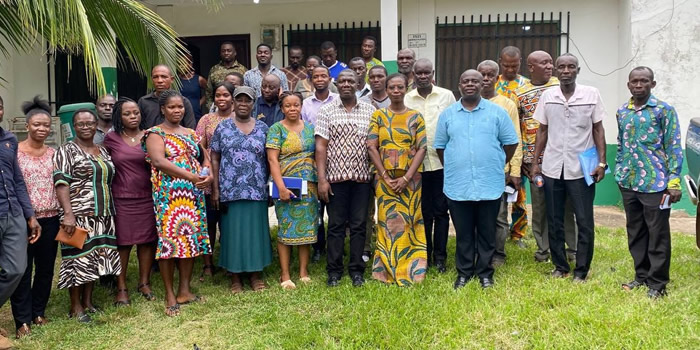


 facebook
facebook
 twitter
twitter
 Youtube
Youtube
 +233 593 831 280
+233 593 831 280 0800 430 430
0800 430 430 GPS: GE-231-4383
GPS: GE-231-4383 info@ghanadistricts.com
info@ghanadistricts.com Box GP1044, Accra, Ghana
Box GP1044, Accra, Ghana